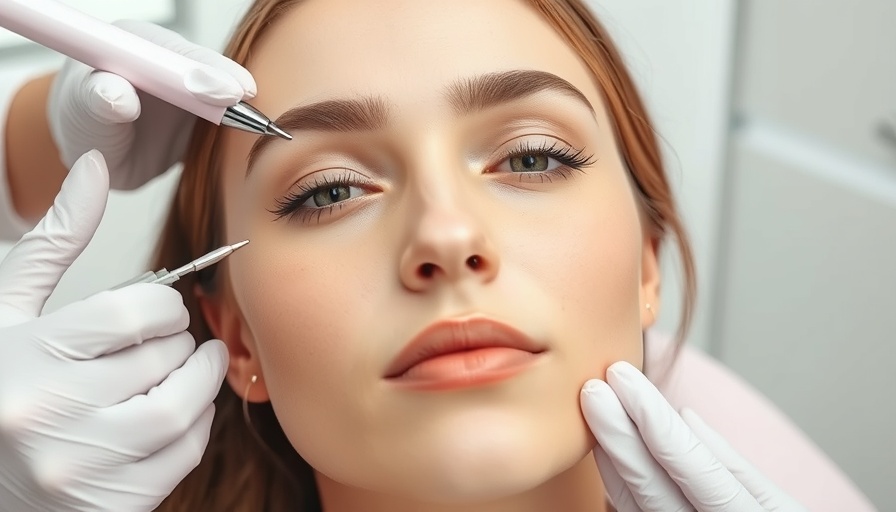
Understanding Recent Trends in Women’s Mental Health Research
As the world continues to evolve, so do the challenges and concerns surrounding women's mental health. Recent publications highlight significant themes ranging from premenstrual symptoms to the complex interplay of medication use during pregnancy. Each study contributes to a growing body of knowledge that strives to empower women and provide clinical insights necessary for improving mental well-being.
The Impact of Emotion Dysregulation on Premenstrual Symptoms
The role of emotion dysregulation in predicting the severity of premenstrual symptoms has been strongly underscored in a recent study. Research by Kaluve et al. revealed that women with premenstrual dysphoric disorder (PMDD) displayed greater levels of rumination and emotion dysregulation compared to those experiencing regular premenstrual syndrome (PMS) or no symptoms at all. Within this group, rumination emerged as the most significant predictor of symptom severity, reiterating the importance of addressing emotional health during before menstruation.
Exploring Infertility Rates and Cannabis Use
An interesting examination of the association between cannabis use and female infertility, explored by Chen et al., raises crucial discussions regarding lifestyle choices. The study reported that while current cannabis users did not experience a significant increase in infertility odds, former users did exhibit elevated infertility rates. This finding prompts important conversations about the potential impacts of cannabis on reproductive health, emphasizing the need for further research in this area.
Medication Use During Pregnancy: A Double-Edged Sword
As many women navigate the complexities of pregnancy, the scrutiny surrounding medication use becomes paramount. A comprehensive study from Taiwan highlighted that 65% of women using antidepressants during pregnancy also concurrently utilized benzodiazepines, while 41% used Z-hypnotics. Factors such as alcohol and substance abuse, depression, and insomnia significantly correlated with this pill-popping trend. The insights shed light on the tricky terrain women must navigate when balancing mental health management during one of life's most transformative phases.
The Need for Continuous Research and Awareness
Women's mental health is not just a personal issue; it influences families and communities. Addressing these issues within the framework of healthcare systems requires continuous research and public awareness. While the studies mentioned shed light on vital aspects of women's mental health, they also illustrate the gaps in research that need more attention. As women are often the primary caregivers in families, their mental wellness directly bears upon the health and stability of their loved ones.
Take Action: What Can You Do?
Research serves as a critical tool in understanding women’s mental health and provides pathways to improving it. For those reading, consider engaging in discussions about these topics within your community. Numerous local resources and support groups focus on women's health issues. By advocating for mental health resources, sharing knowledge, and supporting one another, we can help empower women in our communities to prioritize their mental well-being.
Every week showcases advancements that can either empower or challenge women's mental health. By keeping abreast of the latest insights and findings, we can collectively work toward a healthier future.
 Add Row
Add Row  Add
Add 



Write A Comment